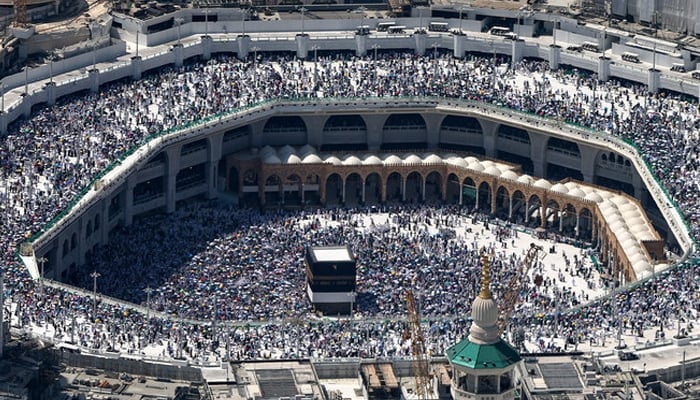Saudi officials have reported promising developments from their cloud seeding program at major Hajj locations prior to the 2025 pilgrimage season. The effort is one component of an ambitious research initiative intended to improve the formation of clouds and boost the potential for rainfall in the area—one that has long been characterized by intense heat and drought.
The experiments, carried out in the skies above Makkah and surrounding regions, have recorded “encouraging results,” said the National Center for Meteorology. Scientists released environmentally friendly substances into specifically selected clouds using planes mounted with sophisticated dispersal systems to induce rain. Preliminary findings indicate a quantifiable increase in rainfall and humidity levels in localized areas.
Officials say the project has the potential to fundamentally change the Hajj experience by enhancing environmental conditions for pilgrims numbering in the millions. Reducing temperatures and raising humidity levels could assist in eliminating heat-related health hazards and promoting safer conditions during peak ritual activity, especially during extended periods outdoors and walking.
The cloud seeding program is part of Saudi Arabia’s general Vision 2030 objectives, such as developments in sustainability, environment conservation, and scientific research. The Hajj season pending, additional tests and modifications will be conducted, with weather data being closely watched by the authorities to ensure optimum benefits and safety as well as ecological balance.





